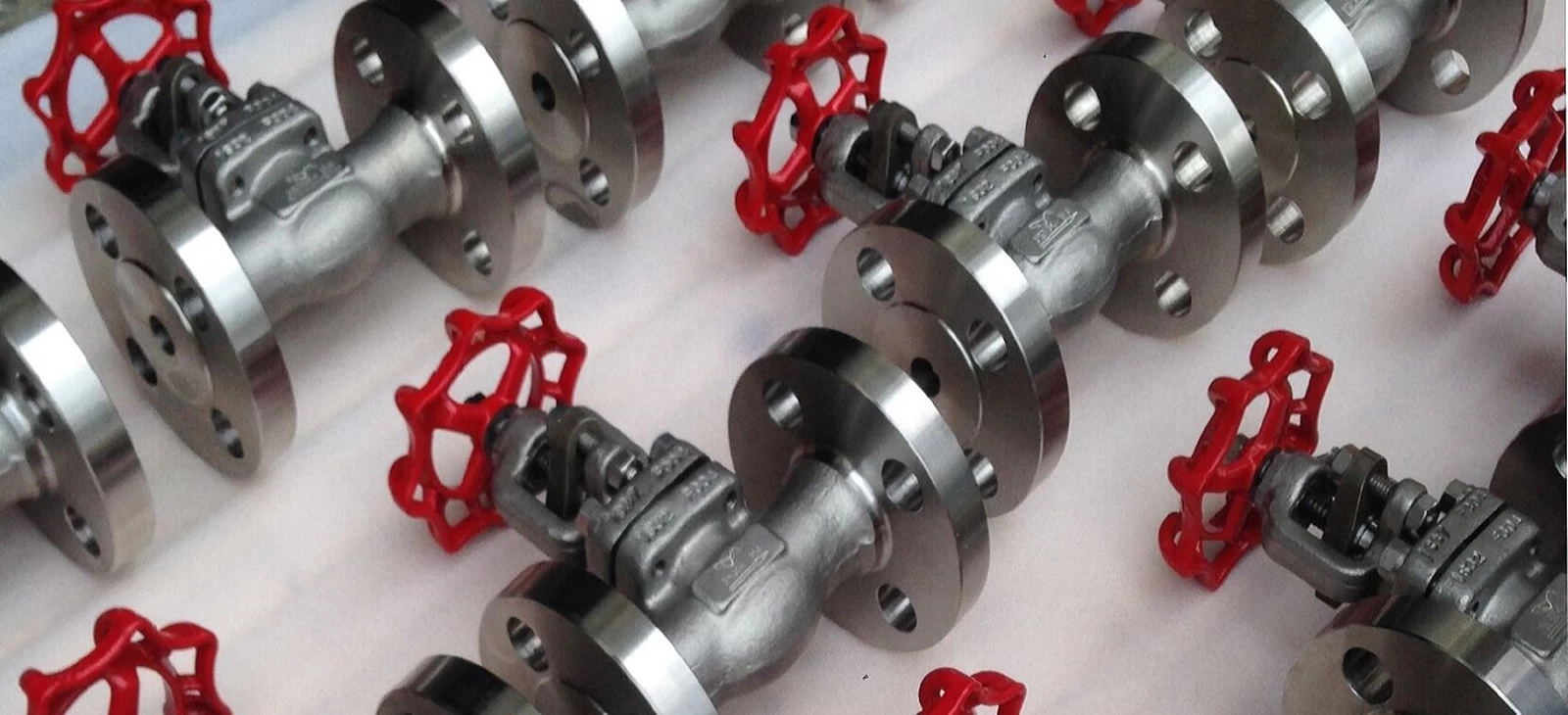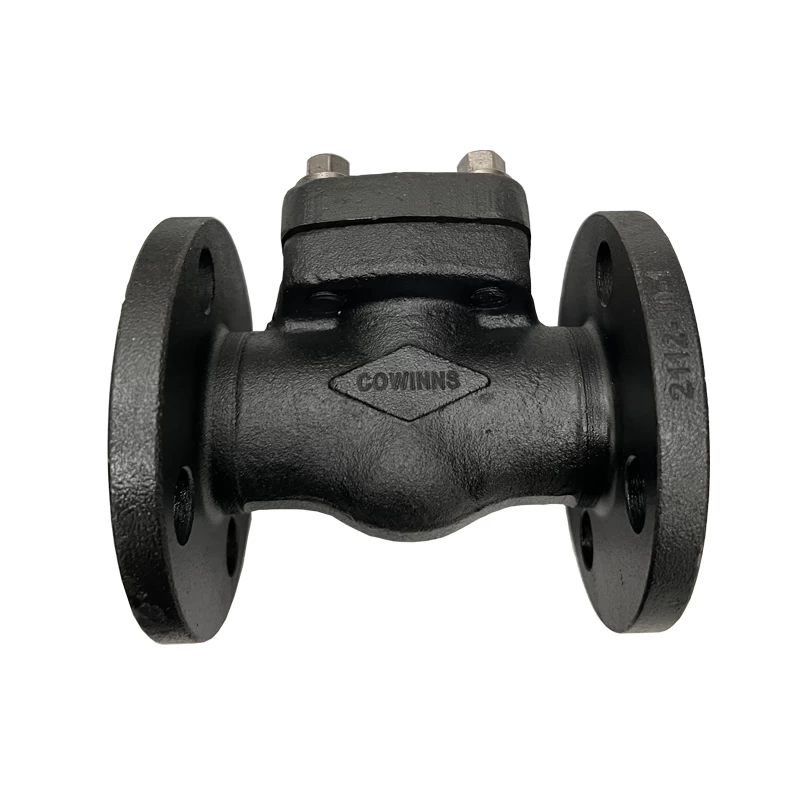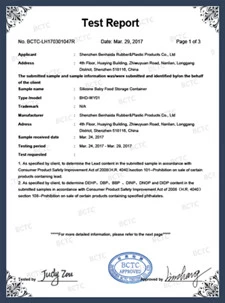正在等待翻译……
If the relevant equipment and components are properly selected, hydrogen may become the fuel of the future transportation field.
The gradual shift away from traditional internal combustion engines in various industries due to concerns about CO2 emissions means that it is imperative to find sufficiently environmentally friendly power for vehicles. The most promising of these is hydrogen. It is not only safe and cost-effective, but also highly feasible and sustainable. In order to promote the widespread application of hydrogen, the fluid systems of hydrogen energy vehicles and hydrogen refueling station equipment must use the highest quality materials. All of the equipment in the above systems must be well-sealed and durable for years or even decades. But not all devices have such excellent performance. The characteristics of hydrogen determine that it poses a great challenge to materials, and related equipment must meet specific performance standards. . As a very important category of related equipment, valves control the flow of hydrogen in vehicles and hydrogen refueling station equipment. Selecting the most suitable valve is obviously a key prerequisite to ensure the normal operation of the equipment and the protection of personnel on site.
Advantages and Difficulties of Hydrogen Fuel System
Hydrogen is far less harmful than other fuels because it is non-toxic. It is also less volatile than other compounds when handled properly. In addition, hydrogen fuel vehicles will be equipped with special safety equipment according to relevant standards to ensure safe and reliable performance. Unlike traditional gasoline, hydrogen has a very light specific gravity, and even if it leaks, it will rise and dissipate quickly, so the possibility of causing a ground fire is extremely low. Not only that, hydrogen production is far more sustainable than fossil fuels. Primary cells consume hydrogen without emitting carbon dioxide or any other hydrocarbons. The only outputs are energy and pure water. Therefore, hydrogen can reduce global greenhouse gas emissions and effectively mitigate global climate change. However, despite its many advantages compared with carbon-based fuels, hydrogen energy has strict requirements on vehicles and hydrogen refueling station equipment. Molecular hydrogen is very small. And as the storage conditions change, such as in the related systems of hydrogen energy vehicles or in hydrogen refueling station equipment, its pressure will change sharply. Therefore, as long as it is a hydrogen-related system, the sealing performance of all equipment plays a decisive role. If the hydrogen gas leaks, it could pose a potential safety risk to the end user, especially during the filling process of liquid hydrogen. In addition, leaks in vehicles or storage systems can lead to a drop in the efficiency of the entire system. If the material of the equipment is inferior stainless steel, it may be infiltrated by hydrogen molecules under high pressure, causing a so-called hydrogen-induced embrittlement phenomenon. If left unaddressed, hydrogen embrittlement can accelerate the cracking of equipment, creating a potential risk of leaks in equipment.
Hydrogen valve performance must be maintained at all times
Since the valve plays such a critical role in the fluid system, it is necessary to carefully consider the corresponding technical specifications for the application conditions. When determining the technical specifications of the valves in the hydrogen fuel system, the following factors must be considered: - Pressure: When hydrogen is stored in different places, such as liquid hydrogen fuel tanks of vehicles, transmission and distribution pipelines and storage tanks of hydrogen refueling stations, in order to achieve For a specific density, its pressure must be maintained between 350-700 bar. - Stress and vibration: The system must withstand high vehicle speeds, bumpy road surfaces, and adverse environmental factors such as severe weather, corrosive substances, and temperature changes. - Safety: The hydrogen refueling station must ensure that it can be operated safely by ordinary users. - Maintenance: Technicians must be able to install and modify sealing joints quickly and easily. All hydrogen valves must meet the above conditions in order to ensure that the performance of the valve is always maintained at the best condition. Whether it is a fluid system on a vehicle or a hydrogen refueling station device, the sealing performance of all joints, shut-off and regulation nodes is critical. Valves in hydrogen fuel systems must withstand all the rigors they may face, whatever the application.



01 02 03
Figure 1: In order to protect the safety of end users of hydrogen-grade equipment, the sealing elements of ball valve stems must be made of durable and wear-resistant materials. Image copyright: 2023, Swagelok Figure 2: Needle valves in hydrogen on and off require extreme stress, which means that the selected valve must be able to withstand the huge pressure for a long time. Image copyright: 2023, Swagelok Figure 3: Hydrogen refueling station compressors are equipped with check valves to prevent excessive backflow, which can expose users to unnecessary safety risks, so it is a very important safety feature. Image Copyright: 2023, Swagelok
Hydrogen Ball Valve
Hydrogen fuel systems utilize the opening and closing of ball valves to control the flow of fluid from one part of the system to another. If a ball valve is specified for a specific application, use a valve with a stem seal that is resistant to long-term wear (figure 1). A direct loaded trunnion valve may be a very good choice. Its structural design makes it possible to maintain an effective seal every time the valve is opened and closed. In addition, the bottom-loaded valve design prevents the valve stem from coming out, which means that the safety of the whole system can be improved. An experienced valve supplier can recommend the most suitable valve type for a specific application. Some ball valves have two-way or three-way capabilities, different mounting options, and the flow coefficient of the valve can be customized according to specific needs. In addition, it must be ensured that the selected valve is compatible with other equipment and components in the hydrogen fuel system.
Hydrogen Needle Valve
Needle valves may be more suitable than ball valves if the flow rate of hydrogen in the system needs to be regulated with extreme precision. As with ball valves, several factors are important considerations when sizing. The first is that the needle valve is an all-metal structure that requires extreme stress to seal properly (Figure 2). If the selected needle valve cannot withstand the stress required for sealing, the valve needle may be deformed, and even the valve seat may be deformed. This creates a risk of valve leakage and is expensive to repair. Second, the power needed to open, close, and seal the valve typically comes from a large pneumatic actuator, which subjects the needle valve to extremely high pressure during each two-minute or so operation. Faced with the above working conditions, the needle valve needs to be made of high-quality 316 stainless steel, which is not easy to deform and durable. Not all needle valves can reach the pound class of ordinary hydrogen, or they may not be able to withstand the pressure of 350-700 bar. Professional suppliers should inform customers of the pound class of each needle valve and ensure compatibility with other hydrogen-grade equipment.
Hydrogen Check Valve
In order to prevent excessive backflow in the pipeline, hydrogen refueling stations rely on check valves for core safety functions. Unlike check valves in conventional application scenarios, hydrogen-grade check valves have to face more severe working conditions. For example, check valves typically have springs in them and are strain hardened and would be more prone to hydrogen embrittlement and loss of ductility if they were not made of high quality 316 stainless steel. If it is applied to the fluid system of hydrogen refueling station equipment, the check valve is usually faced with large and rapid changes in pressure and temperature, which puts great stress on the valve sealing components. This is why check valves are more suitable for hydrogen compressors than other equipment in hydrogen refueling stations. In addition, the overall integrity of the valve material and compatibility with other equipment in the system are critical. Suppliers with expertise in hydrogen grade applications should be able to provide input on this.
Why valve selection matters
With the gradual expansion of the hydrogen energy mobile travel market, the safety, reliability and durability of vehicles and hydrogen refueling stations are becoming more and more important. If there is a lack of specialized industry standards, the long-term sustainable development of the market will be a problem. Only by properly selecting relevant equipment and clarifying the corresponding technical specifications can hydrogen energy fully realize its market potential and replace traditional fossil energy. For the selection of fluid system equipment suppliers, it is recommended to check whether they can provide a wide range of hydrogen-grade special balls, needles, and check valves. At the same time, check whether it can provide additional equipment or accessories to improve the overall safety of the system, so that operators and users can use the equipment in a safer and more reliable manner. Suppliers should have professional knowledge related to hydrogen working conditions to provide guidance to manufacturers during system integration and ensure that equipment installed in hydrogen refueling stations can withstand harsh working conditions.
Cowinns is a special alloy valve such as ASTM A381 F2 check valve, We are in the development phase of the hydrogen valve
 86 512 68781993
86 512 68781993 


















